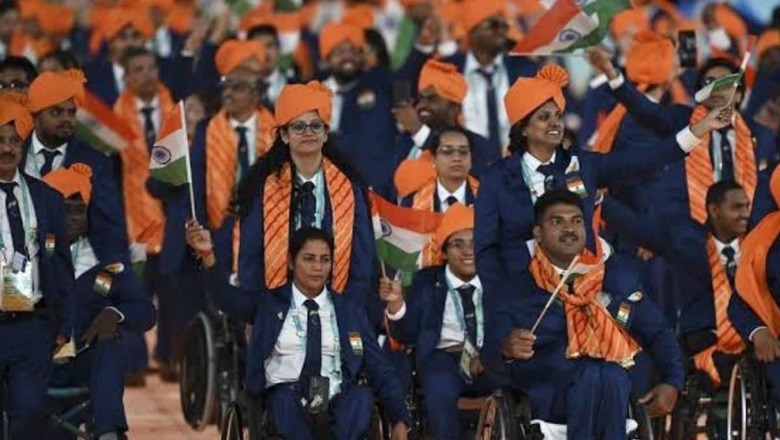
views
Hundred Par is an Old-Fangled Clique Now
On October 8, 2023, when I was writing the paragraph “hundred par is old-fangled clique” in my opinion piece, I was cautioned by my friend, an ex-Asian Games medalist, “Do not be over-enthusiastic, it is not easy to cross the hundred medal tally every time.” His caveat was not out of place because even Bhupender Singh Bajwa, India’s Chef de Mission at Hangzhou, had admitted on the penultimate day of the competition, “We came here with the target of 100 medals but didn’t imagine our dream would come true.”
To recapitulate on October 7, the penultimate day of the 19th Asian Games, the 655-member Indian contingent had created history by winning 107 medals — 28 gold, 38 silver and 41 bronze.
On October 28, 2023, history arrived in bridal makeup to rescript history that too merely within 20 days. Indian athletes at the Asian Para Games, Hangzhou not only re-scripted history but elevated it. What a day! 303 athletes — 191 men and 112 women — romped home with 111 medals — 29 gold, 31 silver and 51 bronze.
Astounding Performance
And what an astounding improvement it has been. The athlete-to-medal ratio at the 19th Asian Games was 6.12, but athletes in the 4th Asian Para Games have romped home with 2.73.
Needless to say, it is the first time that Indian athletes at the Asian Para Games have won 100 plus medals. To put the performance in perspective, 29 gold medals were won in 2023, 10 more than the total 19 won in the previous three editions (2010, 2014, 2018) combined. With regards to the 2023 total medal tally of 111, it is marginally lower than the total aggregate medal tallies of the previous three editions — 119. Also, India’s position among the medal-winning nations in 2023 has taken a quantum jump to 5th from the 15th position in 2010 and 2014 and 9th in 2018. In terms of total medals won, India with 111 medals is at the 4th rank, besting the mighty South Korea too. What robbed India of the overall 4th position was just the colour of one medal, silver in gold.
Not Just Medals
Besides the medals, athletes also broke three world records in Hangzhou. Two of these came in javelin throw disciplines in athletics. Sundar Singh Gurjar set a new world mark in the men’s javelin throw-F46 discipline with a gold medal-winning 68.60m effort while Sumit Antil set a new world record in the men’s javelin throw-F64 with a 73.29m attempt. The men’s compound team accounted for the third world record with a score of 158. Additionally, these Indian athletes also rewrote several Asian Games records at the Hangzhou meet.
Insurmountable to be an Athlete, Unrealizable to be Para Athlete
Make no mistake, even today, the dominant paradigm in the nation is “Padhoge Likhoge Banoge Nawab, Kheloge Kudoge Banoge Kharaab”. When it comes to becoming a medal-winning athlete in India, the out-of-pocket expenses of the family, notwithstanding the recent “Khelo India”, are insurmountable like climbing Mount Everest. When it comes to Para Athletes, I have dirtied my hands for the last two and half decades working to improve the lives of the mentally and physically disabled. I have also closely worked with Mohd Tarique Director, Koshish, ( a field action of a program of Tata Institute of Social Sciences), at the bottom of the pyramid, destitute among destitute in India, the ‘beggars’, and I posit humbly that the type of boys and girls and men and women who have just brought laurels to the country by winning record-breaking 111 medals, the most logical profession open or available to them even now in India is that of beggars, whether singing or crying type is a matter of detail.
Crossing the Jigsaw Puzzle
The road to being a para-athlete is a road not travelled before. Any able person born with two hands, two feet, normal hearing, sight and speech can be an Olympian or participate in Asiad so long as he/she crosses the qualification criteria. It is not so for a para-athlete who has to cross the jigsaw puzzle of the elaborate World Para Athletics Rules and Regulations (latest version 2023) and the classification grouping that classifies athletes into Sports Classes (as defined in the IPC Athlete Classification Code) according to how much their impairment affects fundamental activities in each specific sport or discipline, also referred to as ‘athlete classification’.
Maa Tujhe Salaam
In view of the aforesaid put in the context, the stupendous achievement of the 2023 Asian Para medalists is akin to climbing Mount Everest without Sherpas as “pathfinders”, with no Nepalese coolies to share the load, literally without limbs and that too without oxygen.
All I can say is Maa Tujhe Salaam. I am no astrologer, but seeing the performance jump in just four Para Asiad, I say with conviction that Indian Para athletes will close on to the medal numbers of the Chinese faster and earlier than Indian athletes, at least in Asiad.
Asian Para Games are of Recent Origin
The Paralympics Committee of India was founded in 1994. However, the Asian Para Games are just 13 years old, with the first edition held in 2010 in Guangzhou, China. Even its predecessor, the FESPIC Games for Asia Pacific region was first held only in 1975 in Oita, Japan with 18 participating nations. Eight more FESPIC Games were held until 2006 before it was merged with Asian Games.
In the first Asian Para Games in 2010, India could somehow cobble together a 102-member contingent with 87 men and 15 women. A total of 14 medals were won with one gold.
Even Paralympic is Not that Old
The term ‘Paralympics’ was approved by the International Olympic Committee (IOC) only in 1988 in Seoul which was also when the event was held in the same city as the Olympics for the first time in 24 years. The first Stoke Mandeville Games of 1948 and 1952 were open only to war veterans. It was only in 1960 that under the aegis of the International Stoke Mandeville Games Federation, the first-ever Paralympics Games was held in Rome in 1960 modestly with 400 Para athletes from 23 countries who competed in 57 medal events across eight sports.
India Arrives at Paralympics
The association of India with the Paralympics started spasmodically. It did not participate in the 1960 and 1964 editions. India entered the dragon only in the 1968 Paralympics in Tel Aviv, Israel with 10 athletes (eight men and two women) who returned home barren without a medal.
Khul Ja Sim Sim
History was created in 1972 at the Heidelberg Games in Germany when Para-swimmer Murlikant Petkar shined, shattering the world record with 37.331 seconds, to bring home India’s first gold medal in 50m freestyle swimming. That being the sole medal, India finished 24th in the overall medal tally among 42 participating nations.
Despite the open sesame with gold, India played the vanishing game and there was no show in the 1976 and 1980 Games. In the 1984 Summer Paralympics in Stoke Mandeville, Great Britain and New York City, United States, five athletes from India won 4 medals (2 silver and 2 bronze) and India finished joint 37th in the medal table with South Korea.
Travesty of Indian Nation
In 1984, India with 4 medals was ranked joint 7th with South Korea. Then came the 1988 Summer Paralympics in Seoul, South Korea where with no medal, if there was a rank for medalless nation, India would have ranked joint 50th. Contrarily, India’s 1984 cohort South Korea with 94 medals (40-35-19) jumped 30 ranks in the medal tally to 7th place. Again in 1992 in Barcelona Spain, in 1996 in Atlanta, US and in 2002 in Sydney, Indian athletes returned barren.
India’s next hero in the 2004 Summer Paralympics in Athens, Greece was athlete Devendra Jhajharia who won gold in javelin 44/66 while Rajinder Singh Rahelu came home with weightlifting bronze in men’s 56 kg. It was again a big zero in the 2008 Summer Paralympics in Beijing and sole silvery silver in the 2012 Summer Paralympics in London.
Luck by Chance, Destiny or Planning
Whether one calls luck by chance, destiny or planning, it is only with the arrival of Prime Minister Narendra Modi on the scene that India had its first truly worthwhile performance at the 2016 Summer Paralympics in Rio de Janeiro, Brazil, where the nation got two gold medals (Mariyappan Thangavelu in Men’s High Jump T42 and Devendra Jhajharia in Men’s Javelin Throw F46). My gutsy friend, athlete Deepa Malik got a silver medal in Women’s Shot Put F53 and Varun Bhati bagged bronze in Men’s High Jump T42.
The Elephant Dancing Moment
Enter 2021, and India went over the roof. It was the Elephant Dancing moment in the truest sense. At the 2020 Summer Paralympics in Tokyo, Japan, India won 5 gold, 8 silver and 6 bronze medals, total of 19 medals (first time in double digits), that too in the aftermath of Covid-19.
It is Stupid Planning
Much before the golden boy of Indian athletics Neeraj Chopra hit the eyes of the bull and struck Javelin Gold at the Tokyo Olympics, my dear friend Adille Sumariwalla (we share the same alma mater), the President of the Athletics Federation of India once said that India’s time for athletics gold at Olympics has come. I have not been able to speak to any office bearer of the Paralympics Committee of the country, but I will reiterate what Adille told me in a conversation this month (readers to read my piece). He said, “Planning and execution hold the key.” When I asked, to get more than 100 medals, what did India do differently this time, Adille had the simple mantra of two words — “planning and hitting the bull’s eye with top-notch execution”. He also reminded me it has not come in a day, rather there is a “decade-long hard work and continuous support of the Central government behind it.”
From Hangzhou to Paris — the Glory Time
On September 2, 2023, in the paragraph “Khelo Olympics, Chalo Paris” in my piece, I had written the immediate term goal should be a “war cry of 25 medals at Paris 2024”. This was before the Indian contingent, either at the 19th Asian Games or at the 4th Asian Para Games had crossed 100 medals.
Paris Mein 50 Paar
Today is my day to bask in glory and humbly posit to Indian Para Athletes “Paris Mein, 50 Paar”. I tell the nation to stand with them and behind them. Between 2016 and 2020, they increased the Paralympic medal tally five times from 4 to 19. From 19 to 50 is merely 2.61 times. They will reach there. All that is needed for India is to invert the attitudinal pyramid — spot, reward, train, perform and medal — instead of the hitherto story — perform and get or do not get awarded.
If the nation stands behind para-athletes, the dedication of athletes, coaches and support staff, immaculate planning and execution by sports federations and exemplary vision and long-term support of the Government of India and state governments can bring even 100 medals at the Paris Paralympics.
The elephant has danced not once but twice. Let the great Indian sporting story become the way of life.
The author is a multidisciplinary thought leader with action bias and India based international consultant and works as President Advisory Services of Consulting Company BARSYL. He is a sports enthusiast. Views expressed in the above piece are personal and solely that of the author. They do not necessarily reflect News18’s views.














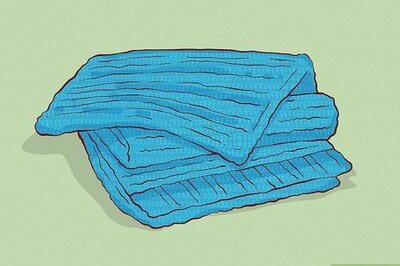
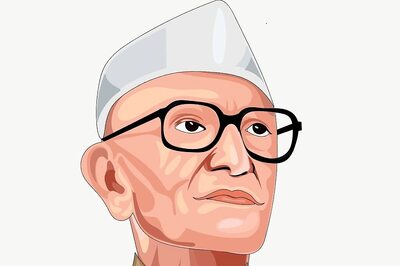
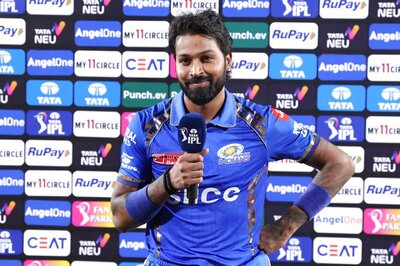
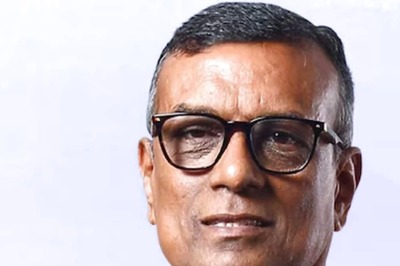
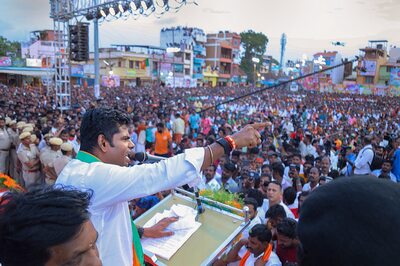
Comments
0 comment